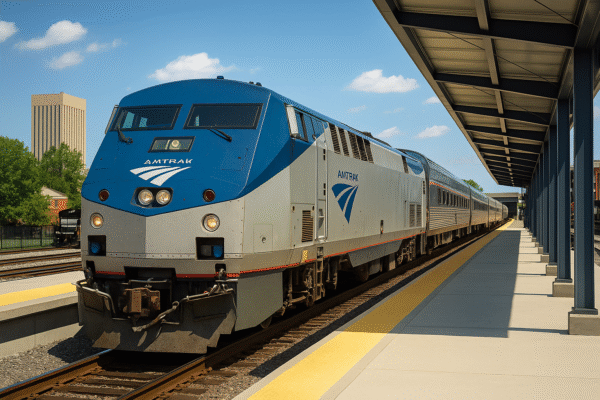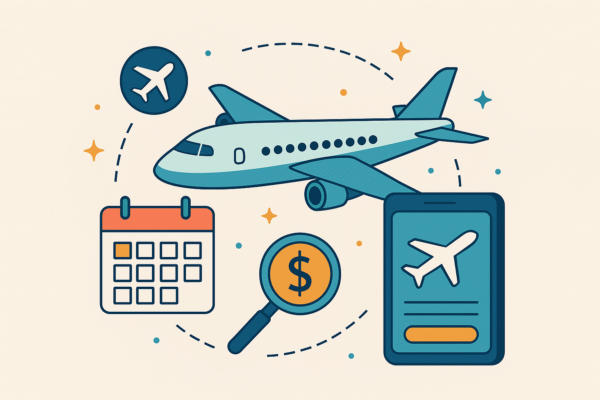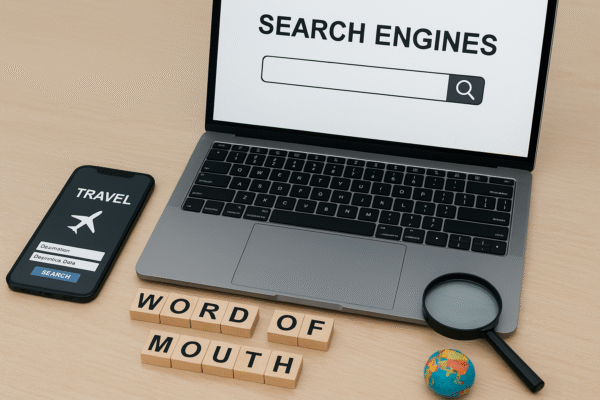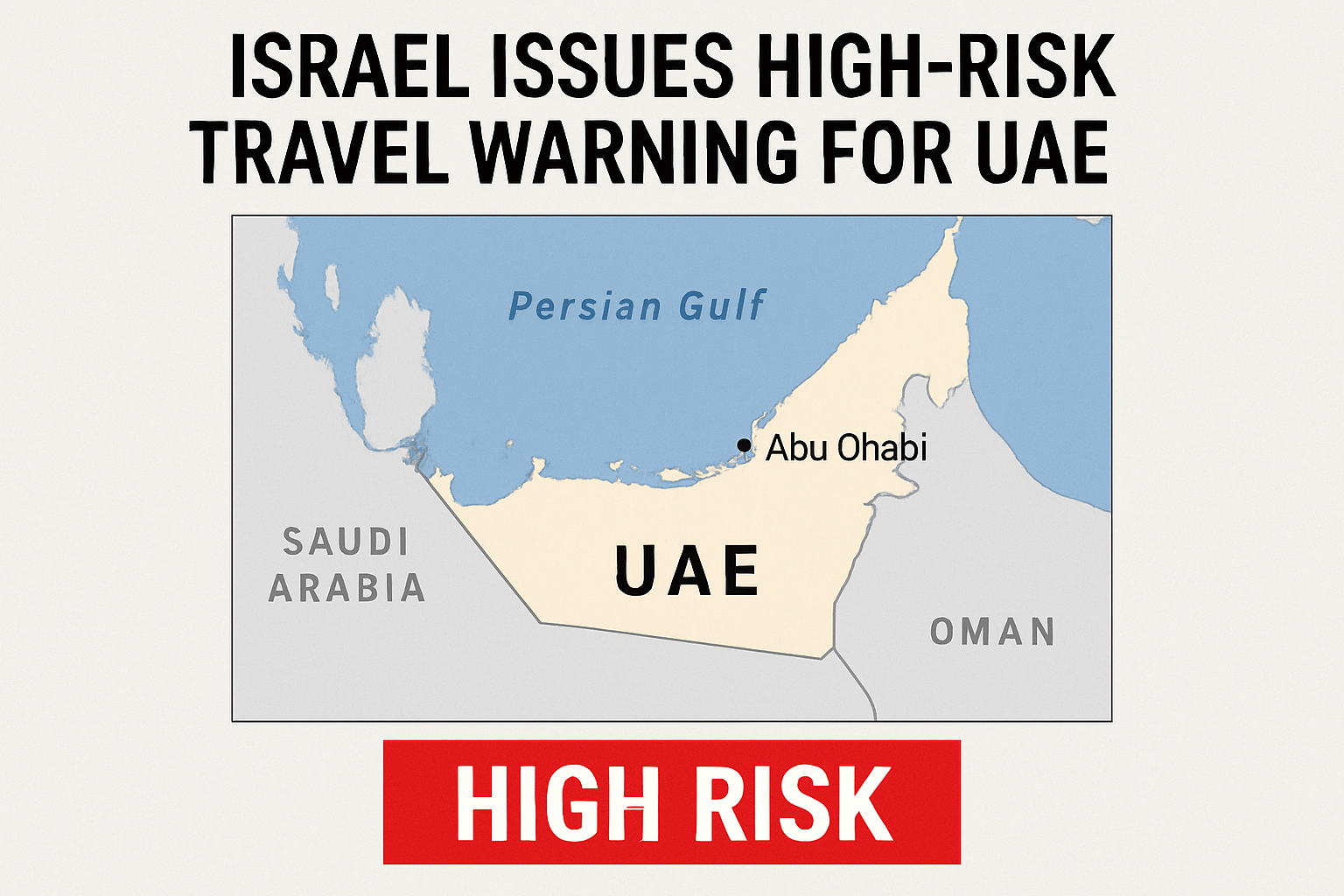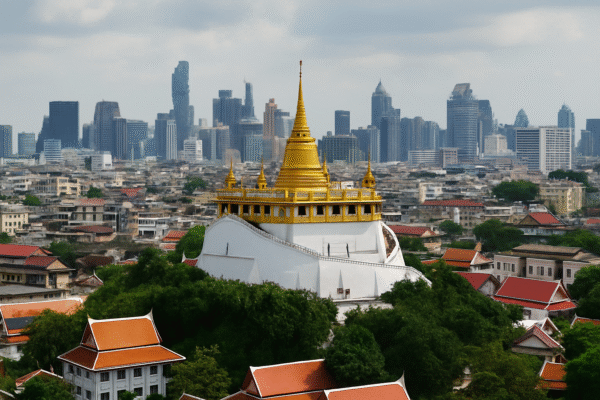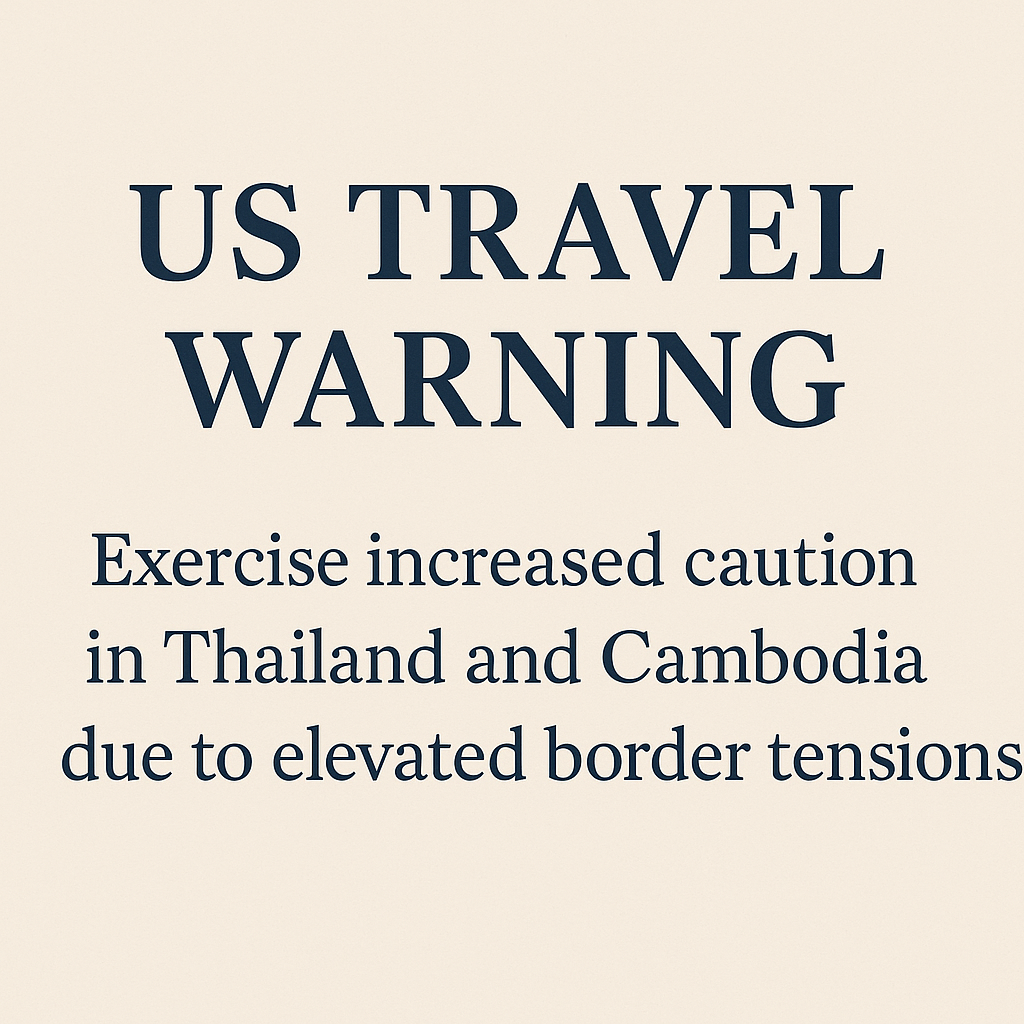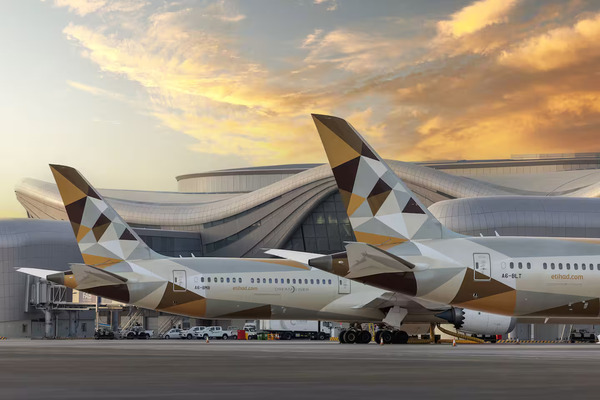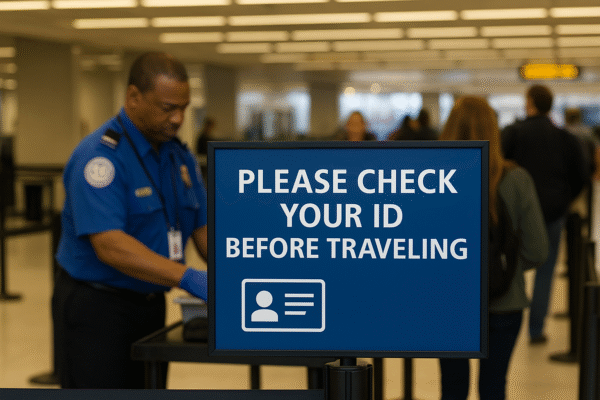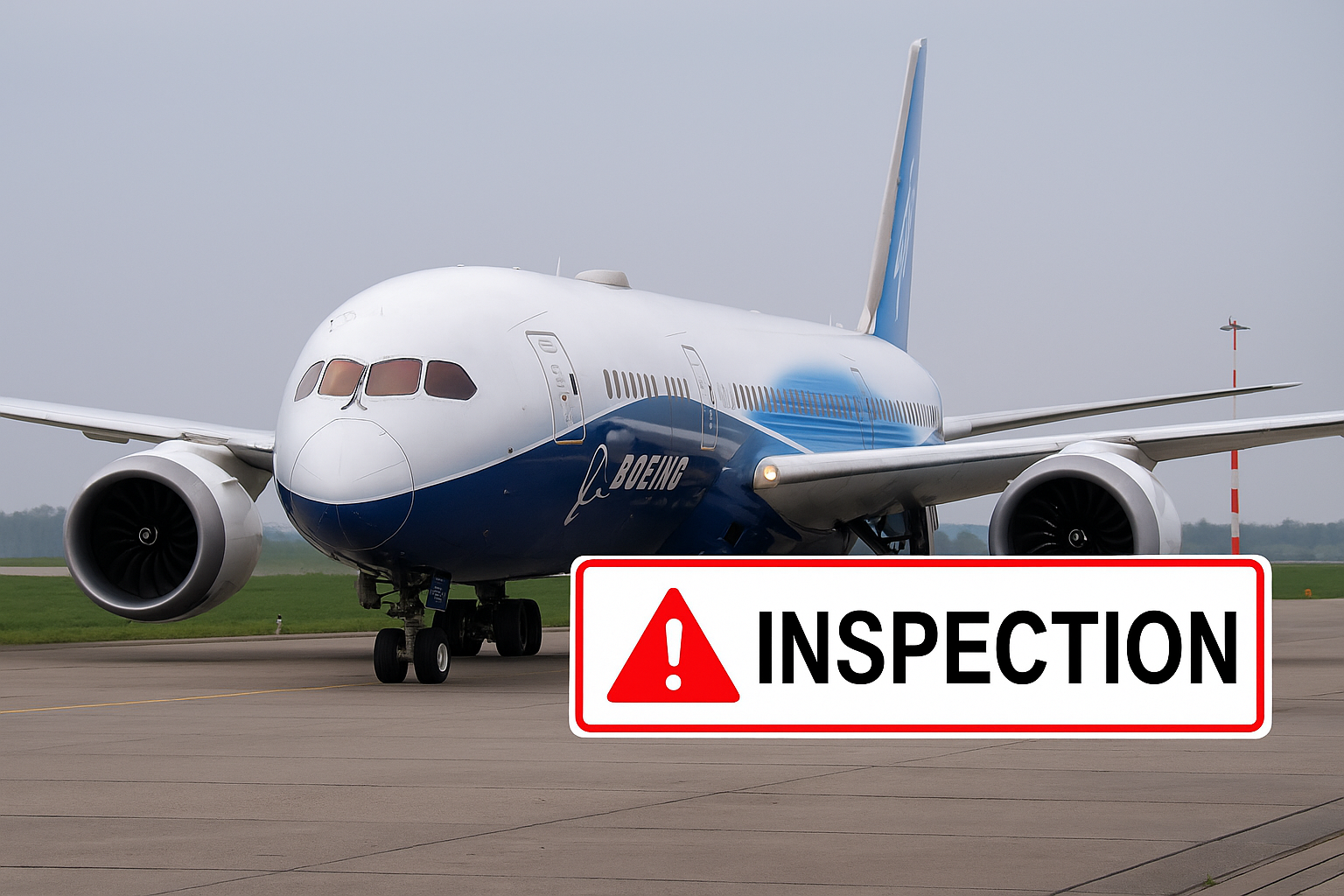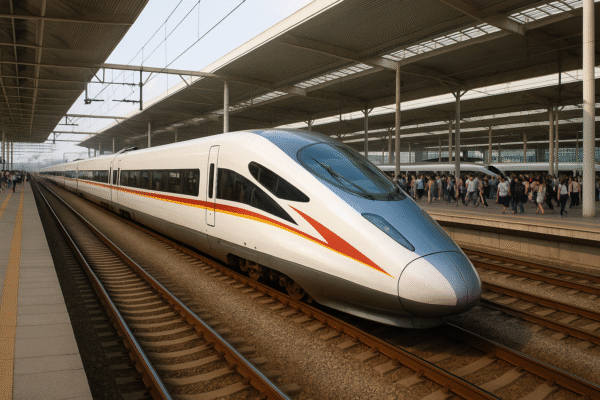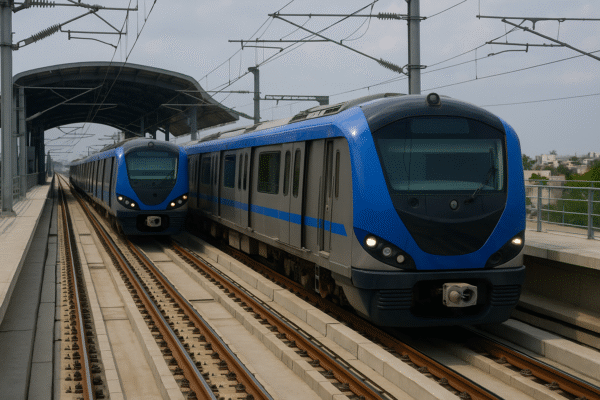June 17, 2025 — Global Aviation Watch:
The safety record of Boeing’s 787 Dreamliner is once again under the microscope as a spate of technical failures on international routes has prompted emergency turnbacks, just days after the first recorded crash involving the aircraft model in Ahmedabad, India. The incident has raised alarms among aviation authorities and prompted urgent reviews of fleet safety and operational protocols for the long-haul jetliner.
Over a span of just two days, three separate Dreamliner flights, operated by major international carriers—Air India and British Airways—were forced to return to their airports of departure due to in-flight malfunctions.
Timeline of Recent Dreamliner Incidents
1. Air India Flight AI315: Hong Kong to New Delhi
On June 16, 2025, Air India’s Flight AI315, operated by a Boeing 787-8 Dreamliner, departed Hong Kong International Airport after a delay of over three hours. Roughly an hour into its journey to New Delhi, the aircraft encountered unspecified technical irregularities, prompting the pilot to return to Hong Kong as a precautionary measure.
The Dreamliner involved in the incident was a seven-year-old aircraft, and although no injuries were reported, the episode has reignited concerns regarding the reliability of the model, especially under extended operational stress.
2. British Airways Flight: London Heathrow to Chennai
Just a day prior, on June 15, a British Airways 787-8 Dreamliner, en route from London Heathrow to Chennai, had to abort its flight shortly after takeoff. According to aviation sources, the pilot detected a flap adjustment failure, which can critically affect the aircraft’s ability to stabilize during climb and descent. The aircraft was forced to dump fuel mid-air to reduce landing weight before safely returning to Heathrow.
British Airways released a brief statement noting that the decision to return was “taken out of an abundance of caution,” and that maintenance crews are currently conducting a full inspection of the aircraft.
Incident Follows Fatal Ahmedabad Crash
These mechanical failures follow a tragic incident on June 12, 2025, when a Boeing 787-8 operated by a private Indian carrier crashed shortly after takeoff from Ahmedabad airport, resulting in the first fatal accident involving a 787 Dreamliner since the aircraft’s commercial debut in 2011.
While investigators are yet to release a conclusive report, preliminary indications suggest that a possible engine control system anomaly may have contributed to the crash. The black box and flight data recorder have been retrieved and are currently being analyzed by the Directorate General of Civil Aviation (DGCA) in India, with assistance from Boeing and the U.S. National Transportation Safety Board (NTSB).
Aviation Authorities Heighten Oversight
In light of the recent incidents, global aviation regulators have begun tightening safety protocols for 787 operations. India’s DGCA has issued an advisory to all carriers operating the aircraft type, mandating additional technical inspections, particularly of flight control and hydraulic systems.
The European Union Aviation Safety Agency (EASA) and FAA (Federal Aviation Administration) in the United States are also reviewing recent technical records of the Dreamliner fleet. Airlines have been asked to report any anomalies involving fuel systems, flaps, hydraulics, or avionics with immediate effect.
A senior FAA official told Aviation Safety Today:
“While the Dreamliner has maintained a solid safety record, a series of incidents in close succession demands a comprehensive evaluation. We are working with Boeing to review any latent design or manufacturing issues.”
Boeing’s Response and Ongoing Investigations
Boeing has acknowledged the recent spate of incidents and reiterated its commitment to safety. In a press statement, the aerospace giant said:
“We are aware of the technical issues experienced on recent Dreamliner flights and are actively supporting airline partners and regulators in investigating and resolving these occurrences.”
The company has also initiated a fleet-wide alert encouraging airlines to conduct voluntary safety checks and to report anomalies directly to Boeing’s support teams.
This is not the first time Boeing has faced operational challenges with the 787 series. In previous years, the aircraft was grounded due to lithium-ion battery fires, prompting design modifications. More recently, the manufacturer has been under pressure to address production quality lapses at its South Carolina and Everett plants.
Impact on Global Travel and Passenger Confidence
The timing of these incidents could not be worse for the aviation industry, which is currently witnessing a strong summer rebound in global travel. With Dreamliners constituting the backbone of many long-haul fleets, disruptions caused by increased inspections or groundings could affect route reliability, airline schedules, and passenger trust.
Travel analysts suggest that while the recent events are concerning, they remain relatively rare in the context of the thousands of safe Dreamliner flights operated daily worldwide. Nevertheless, rebuilding passenger confidence will require transparency, proactive measures, and rapid corrective actions by both manufacturers and regulators.
Conclusion
The recent return-to-base incidents involving Air India and British Airways’ Boeing 787 Dreamliners, combined with the tragic crash in Ahmedabad, have collectively cast a shadow over one of the most advanced wide-body aircraft in commercial aviation.
As investigations continue and regulatory scrutiny intensifies, stakeholders across the aviation ecosystem—from Boeing and airlines to safety agencies—face renewed pressure to ensure the highest safety standards are upheld in every 787 that takes to the skies.

